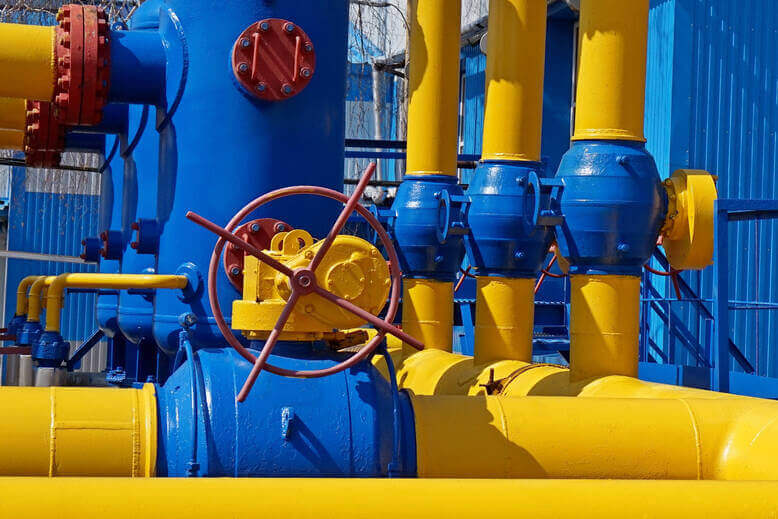On Wednesday, natural gas prices went down since new plants were proposed and approved, boosting supply and can fill the gas market.
Natural gas futures for April delivery declined by -0.08% to $2.57 per million British thermal units. The price was for March 15’s Asian afternoon session.
The new liquefied natural gas (LNG) plants can increase the output by 67.00% by 2030 from 2021 levels.
Besides, analysts said trillions of dollars of infrastructure are built in countries.
For instance, a massive LNG expansion project in Qatar would increase to 49.00 million tons per annum by 2027. They added that the US expects an addition of 125.00 mtpa of supply later that same year.
Meanwhile, since there was potential volatility in the projects, natural gas surged last year on European demand. However, prices dropped when inventories were filled as users turned to other energy sources.
As the Institute for Energy Economics and Financial Analysis said, LNG had a pricey and unreliable reputation. The report could affect the plans to have new Asian import terminals.
Furthermore, China cut its natural gas purchases by 20.00% the previous year due to COVID-19 and price uncertainty. Also, Pakistan and Bangladesh have a combined decrease of 16.00% in the LNG they bought last year.
Chinese Buyers Tempted by Low Natural Gas Prices
The decrease in natural gas costs in Asia, marking a 21-month low, attracts China to boost imports.
Since mid-December, the spot price in the continent has weakened to $13.50 mmBtu in the week of March 10. The value came by 64.00% from the winter record of $38.00 per mmBtu on December 16. Also, it is lower than the 81.00% to $70.50 hit in late August.
According to analysts, China is planning to import 5.39 million tons of LNG in March. The purchase would jump from February’s 4.96 million tons and above the 4.77 million tons in March of the previous year.











